Valentine’s Day, previously a humble holiday of love, is currently a multi-billion-dollar commercial holiday. Data-driven digital marketing, influencer marketing, and gamification tactics are used by the brands of industries to acquire and convert customers. The paper explains how Valentine’s Day has transformed from an organic holiday to a fully commodified day, exploring brand strategies, digital media practices, and customer expenditure patterns. We also contrast it with Black Friday, the second-most important seasonal sales peak.
Introduction
Consumer marketing has recently experienced an all-time high due to hyper-personalization, omnichannel experience, and analytics. Valentine’s Day has evolved from a niche celebration to a commercial giant with the help of industries, with brands employing neuromarketing, real-time bidding (RTB), and social listening platforms to make campaigns more effective.
The Growth of the Valentine’s Day Economy
To quantify the economic impact of Valentine’s Day, we examine the boost in consumer spending from a quantitative point of view. Below is a graphical representation of the estimated spend by sector:

Key Insights from Market Data:
- E-commerce sales: A CAGR of 14% in Valentine’s Day-related purchases
- Influencer marketing impact: 78% of consumers influenced by social media endorsements
- Personalization trend: 62% of buyers prefer AI-recommended gifts over generic offerings
- Mobile commerce (m-commerce) dominance: 67% of Valentine’s Day transactions occur via mobile apps
Also Read: Rasha Thadani: The Brand Magnet of the Next-Gen
Brand Activation Strategies for Valentine’s Day
1. Flipkart – “Snore Store”
Flipkart innovates with AI-powered engagement by gamifying snoring patterns. Through deep-learning algorithms, the “Snore Store” campaign curates personalized discounts, aligning with behavioral economics to increase click-through rates (CTR) and conversion rates (CVR).
2. Hershey’s – “Sometimes, Love Sounds Like”
Hershey India deploys an emotion-driven narrative through CTV (Connected TV) advertising and in-app gamification. The campaign’s integration with OTT platforms and voice-assisted commerce strengthens brand recall by embedding itself into consumer lifestyles.
3. Tinder – “Axe Your Ex”
Tinder leverages the breakup economy via an innovative digital marketing campaign. Tinder has an incredible engagement rate via AR (Augmented Reality) lenses and UGC (User-Generated Content) challenges, which speaks volumes about the strength of experiential marketing in today’s digital age.
Watch out : Orry’s Insta Post
4. BigBasket – “Green Flagging”
BigBasket targets consumer psychology via parallels between service efficiency and romantic compatibility. Its “Green Flagging” campaign utilizes A/B testing and cohort analysis to refine audience segmentation, strengthening ad recall and purchase intent.
5. Close-Up – “Love Tunes”
Close-Up integrates sonic branding with conversational AI to craft hyper-personalized love songs. The campaign uses CRM (Customer Relationship Management) data to optimize retargeting efforts and enhance lifetime value (LTV).
6. Cadbury Dairy Milk Silk – “Say It With Silk”
Cadbury strategically positioned itself as an emotional gifting brand. Sentiment analysis and AI-based NLP are employed in the “Say It With Silk” campaign to personalize gift experiences, which boosts user engagement through experiential content and season-limited SKUs.
7. Crocs – “Lonely Hearts”
Featuring Bollywood actor Jackie Shroff and social media personality Orhan Awatramani (Orry), Crocs‘ campaign humorously explores modern dating struggles. The campaign embraces self-love and individuality, subtly promoting Crocs’ signature customizable footwear.
8. Cadbury 5 Star – “Destroy Valentine’s Day”
Cadbury 5 Star turns classic romantic tales on its head in a guerrilla marketing campaign that is counterintuitive yet successful. The campaign uses programmatic advertisement and meme marketing to create virality, reaching Gen Z and Millennials and instilling cynicism towards classic romanticism.
Valentine’s Day vs. Black Friday: A Comparative Analysis
While Black Friday is all about impulse buying and discounting, Valentine’s Day is all about emotionally driven purchasing. Marketers utilize sentiment mapping and predictive analytics to develop compelling storytelling that resonates with targeted niche audience segments.
Critical Perspective: Are Consumers Being Manipulated?
The application of AI-based advertising has created ethical issues regarding manipulating consumers. As brands employ neuromarketing techniques, induced buying behaviour and perceived scarcity are issues that require further study.
The Future of Seasonal Marketing
Valentine’s Day marketing will continue evolving with future AI advancements, blockchain-based loyalty schemes, and metaverse-led activations. Brands must balance authentic engagement and commercial viability to sustain long-term consumer trust.
References
- Smith, J. (2023). “Neuromarketing in the Digital Age.” Journal of Consumer Research.
- Doe, A. (2024). “Seasonal Sales Trends: The Rise of Emotional Commerce.” Harvard Business Review.
- Valentine’s Day Market Report (2025). Statista.
Also Read: India’s Got Latent: A Caution for India’s Digital Ecosystem









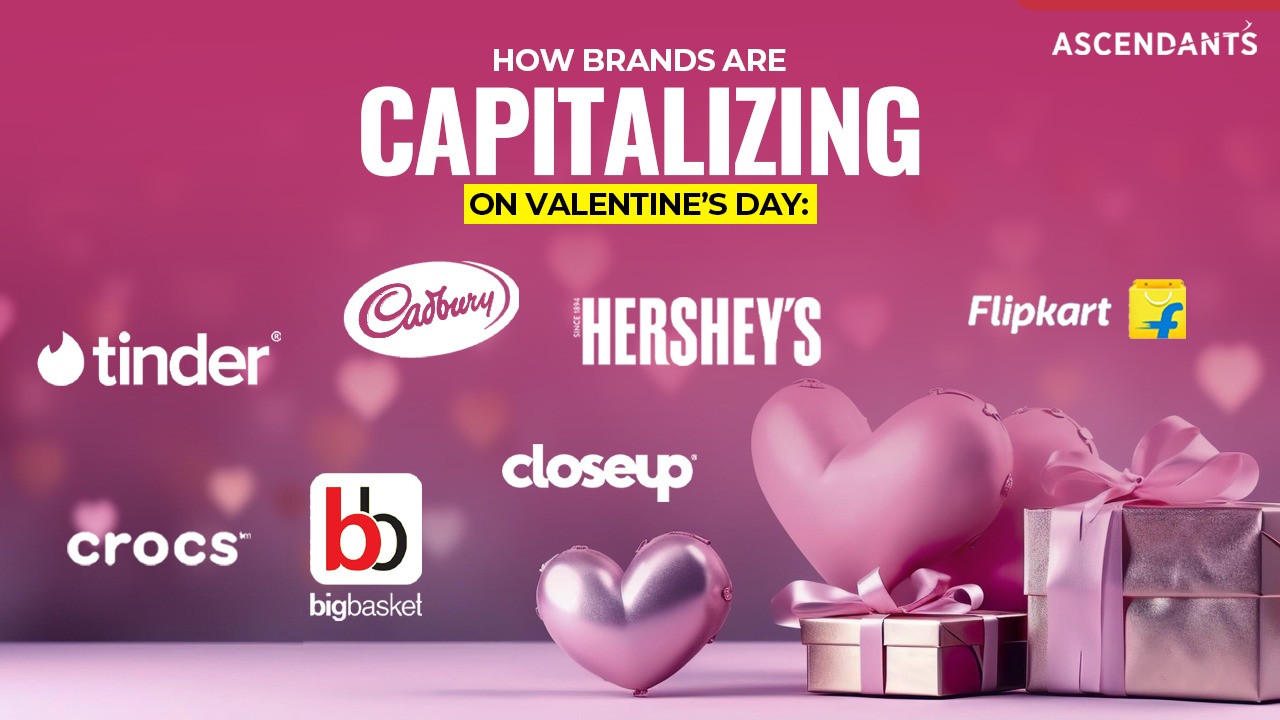

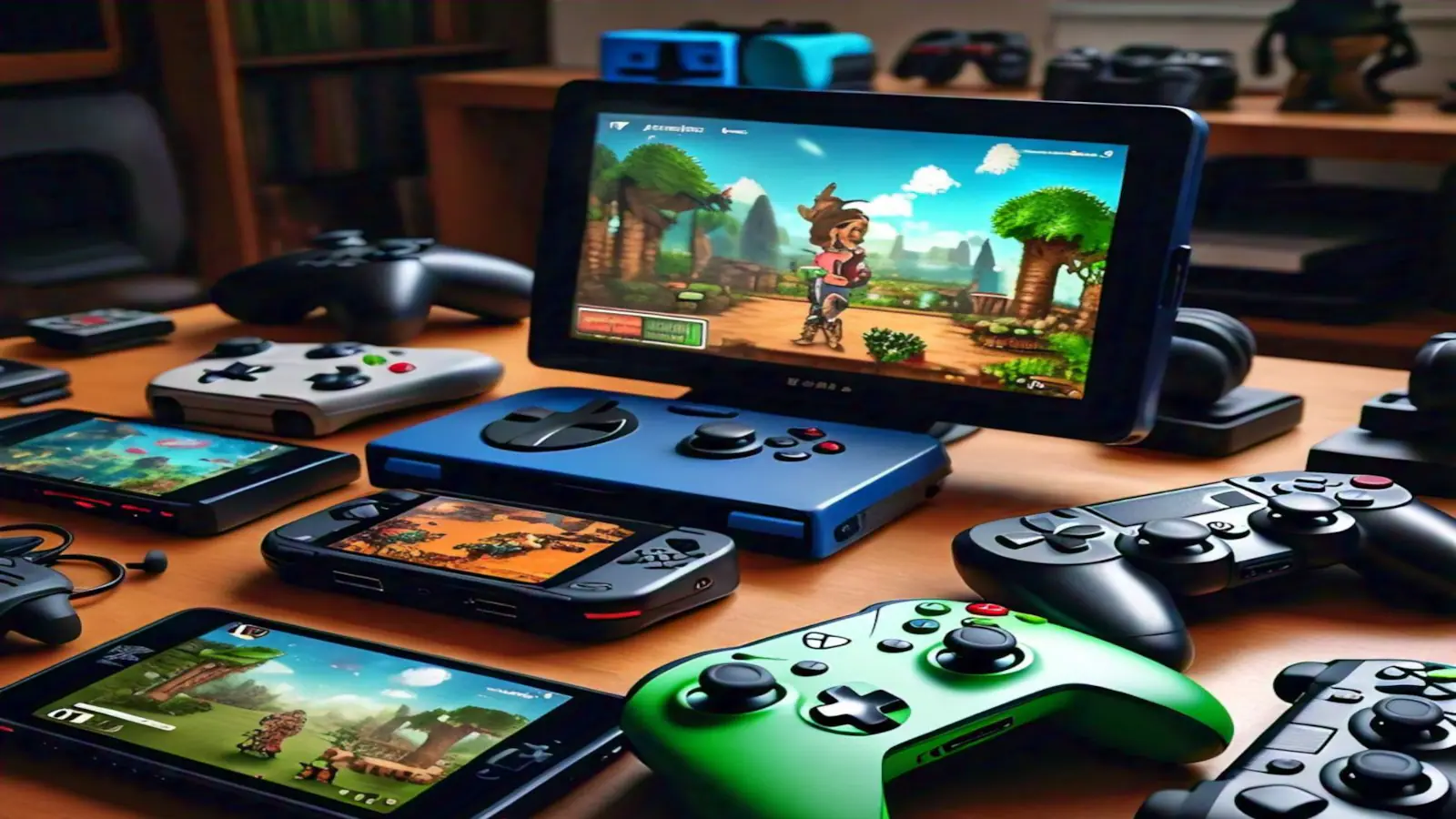

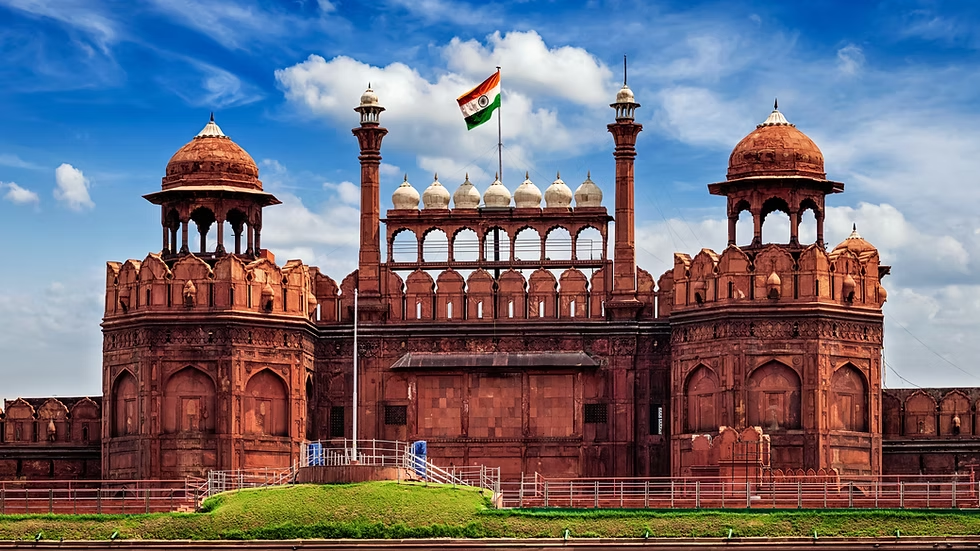

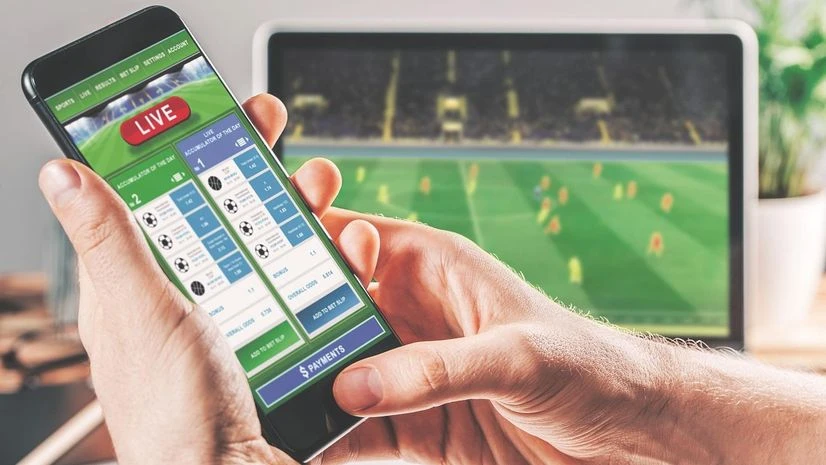

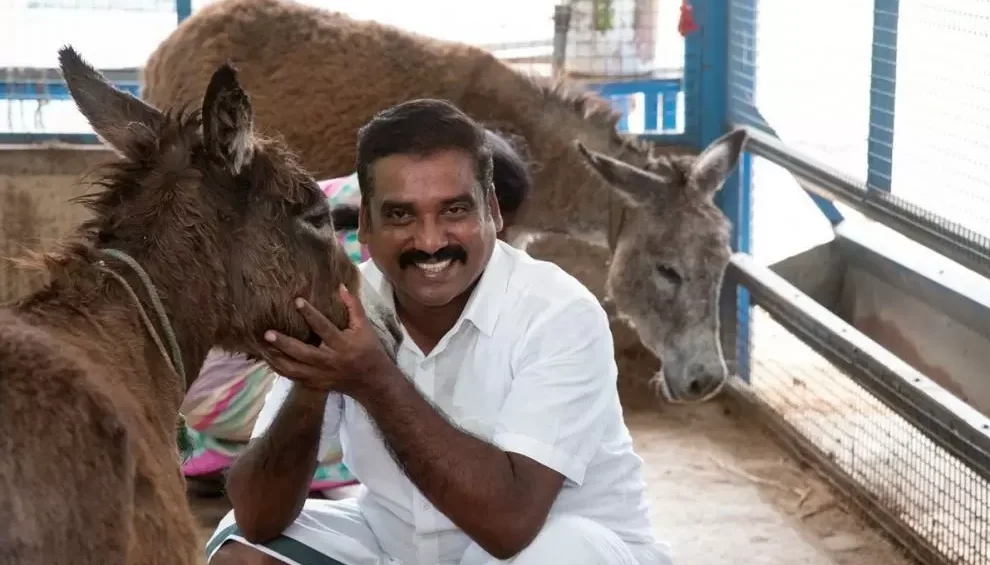

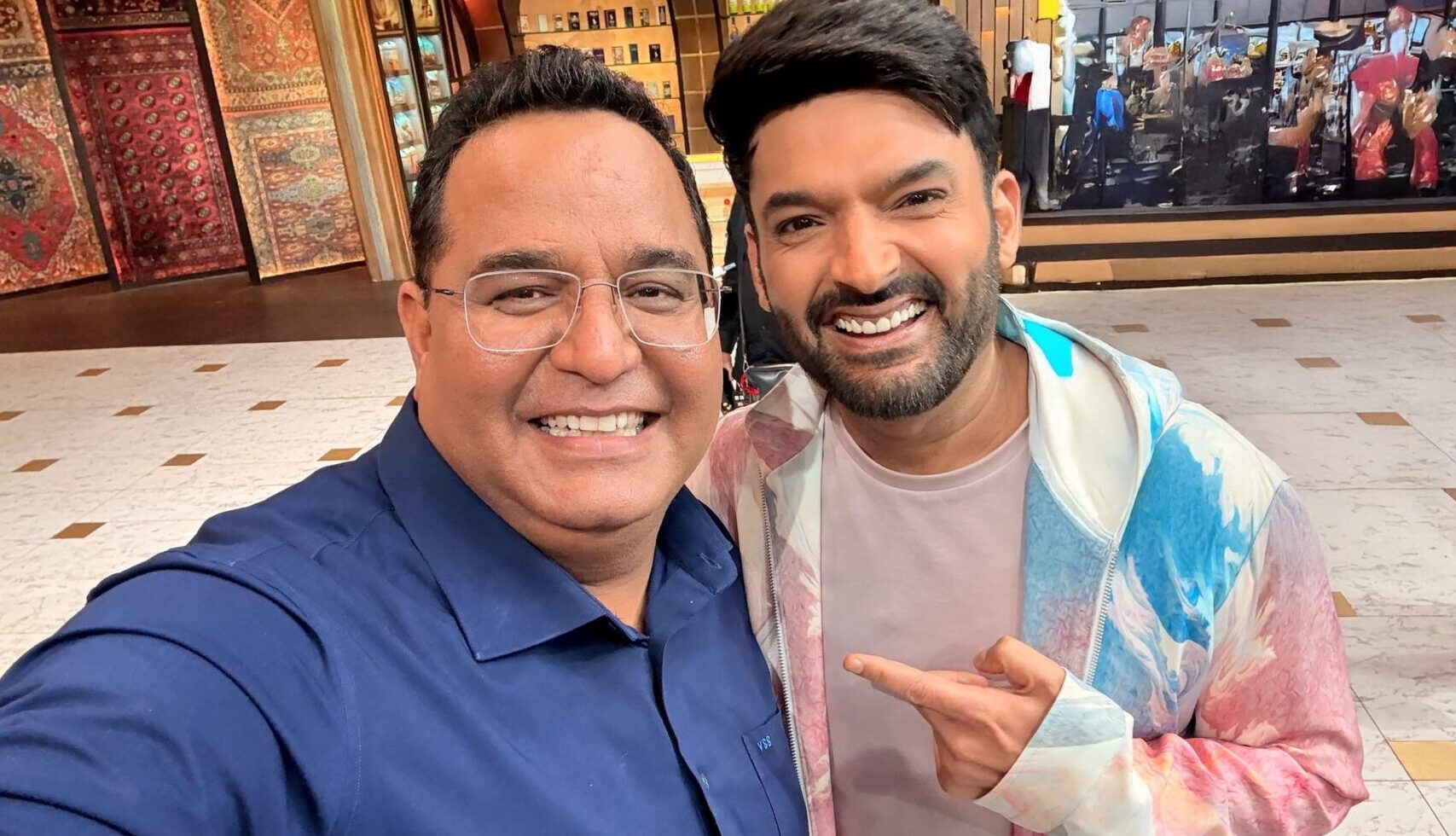




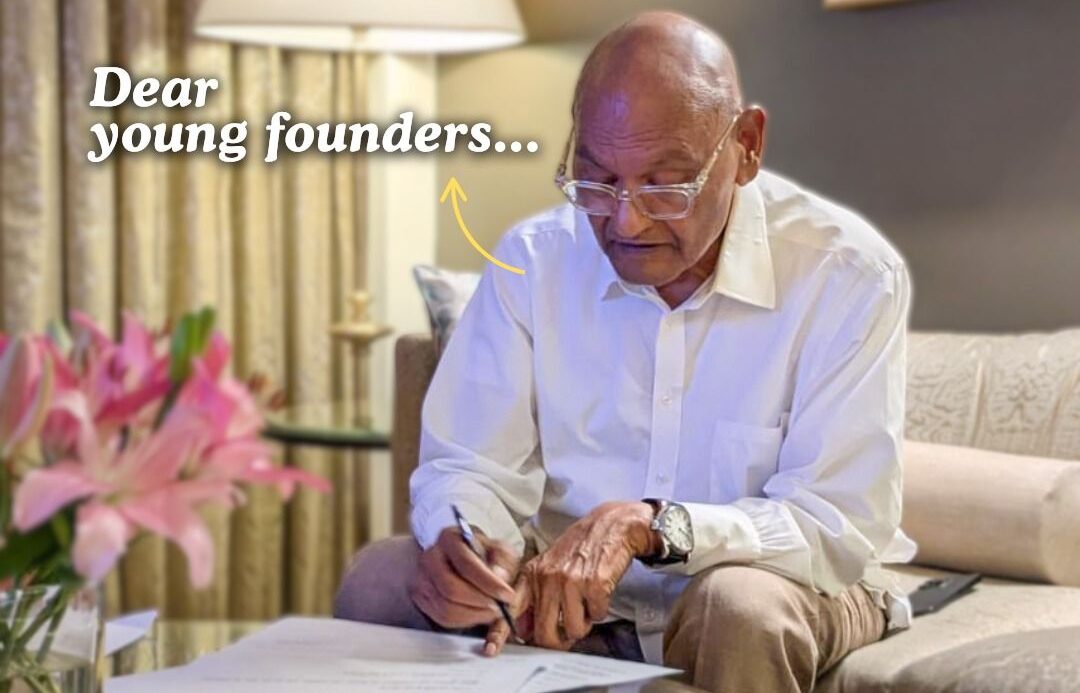
Iyana Reilly
Speed is everything in eCommerce – this article breaks down the best hosting for WooCommerce.
Kyleigh Rivers
Practical advice, always appreciate posts that simplify the process! A free resource on Amazon launch strategies (including sourcing and avoiding common errors) could add value to readers. This may help many people.
Braxton Case
Great read with solid suggestions!